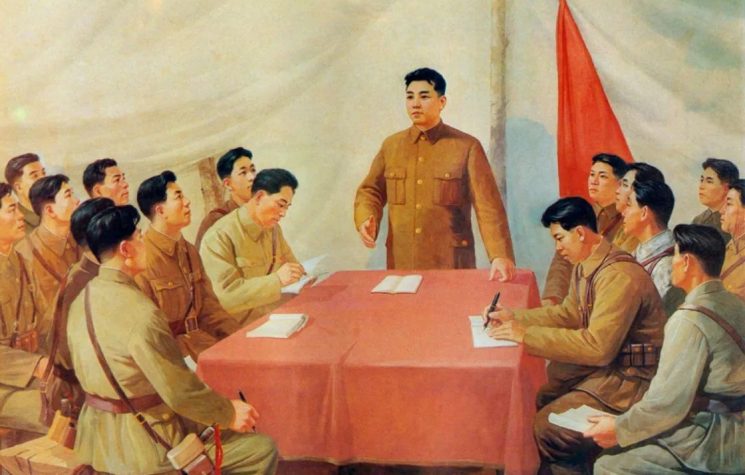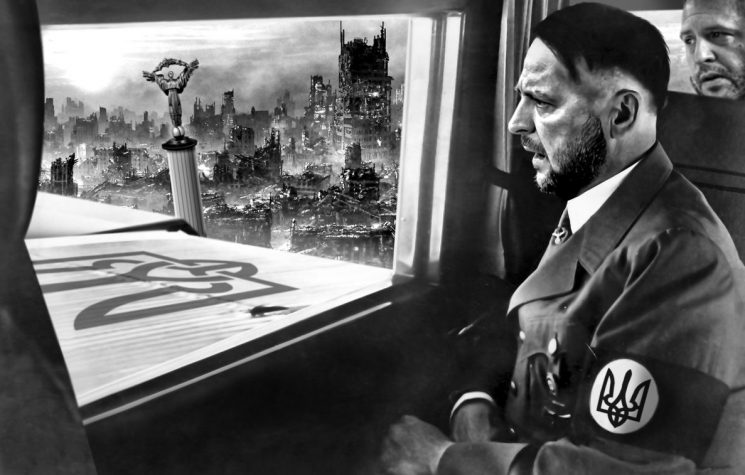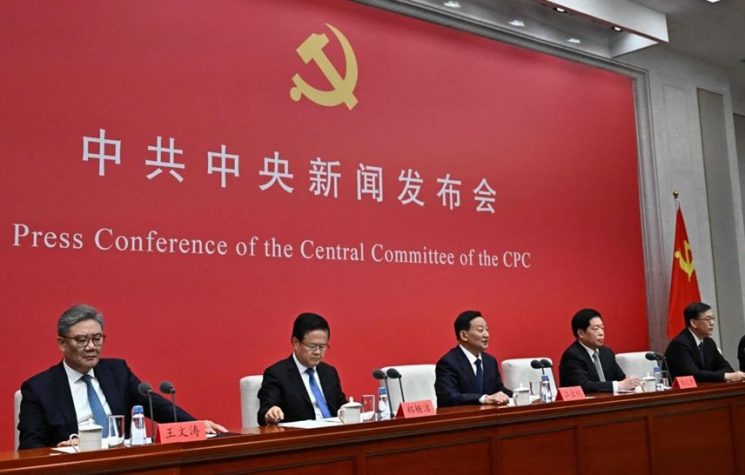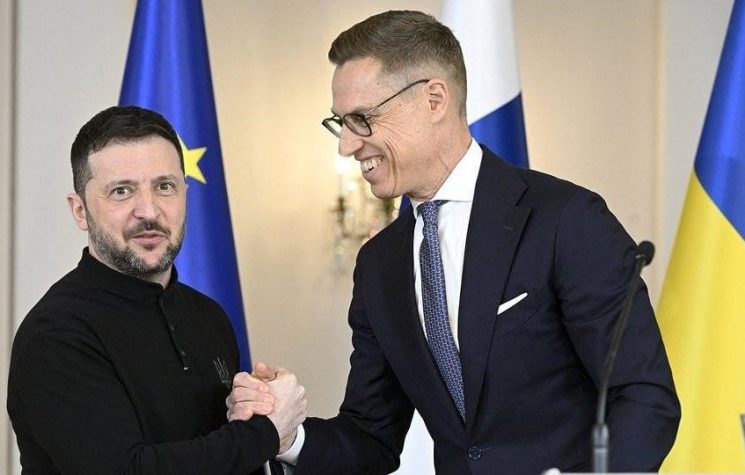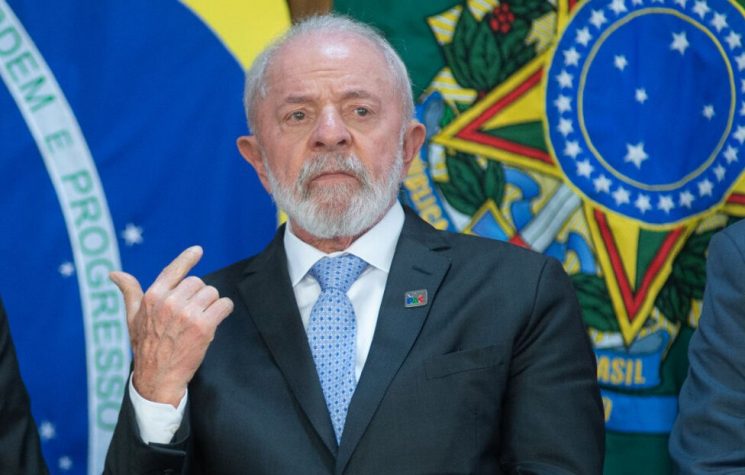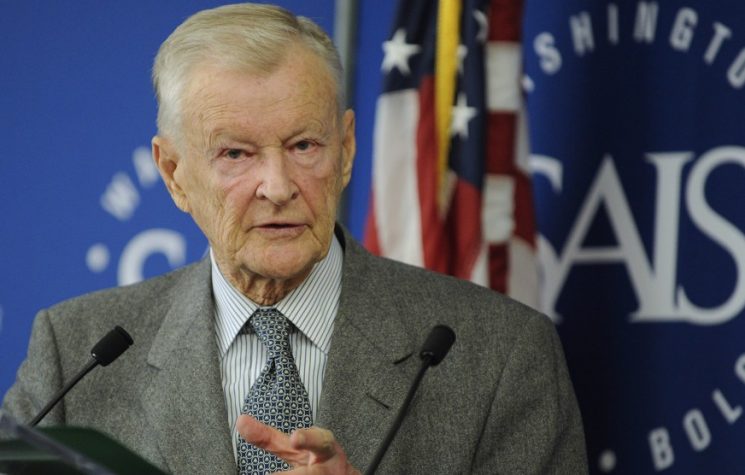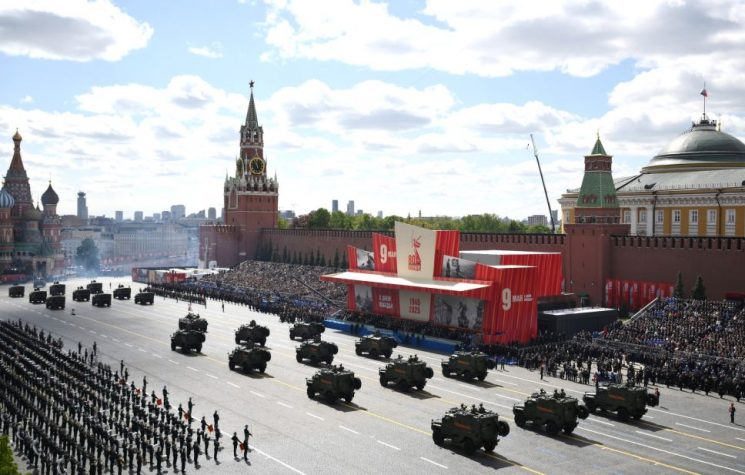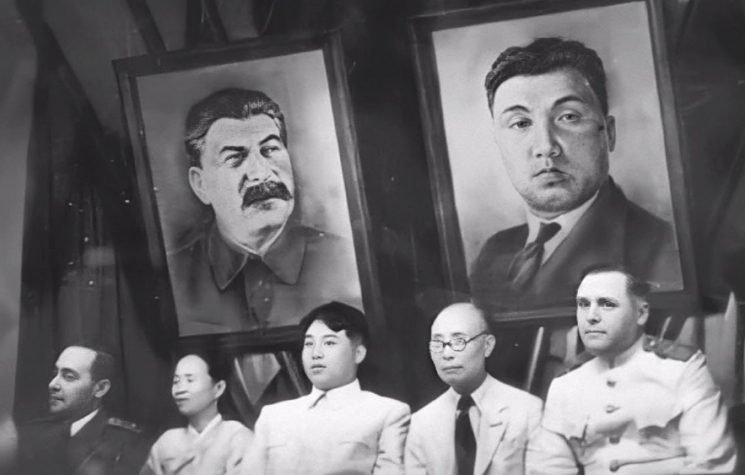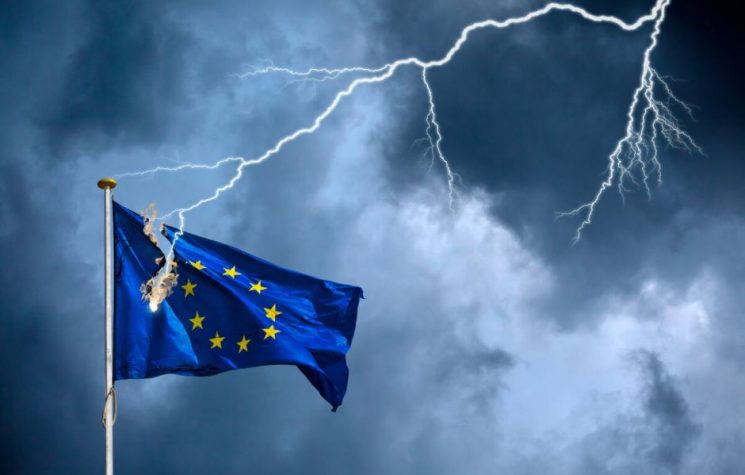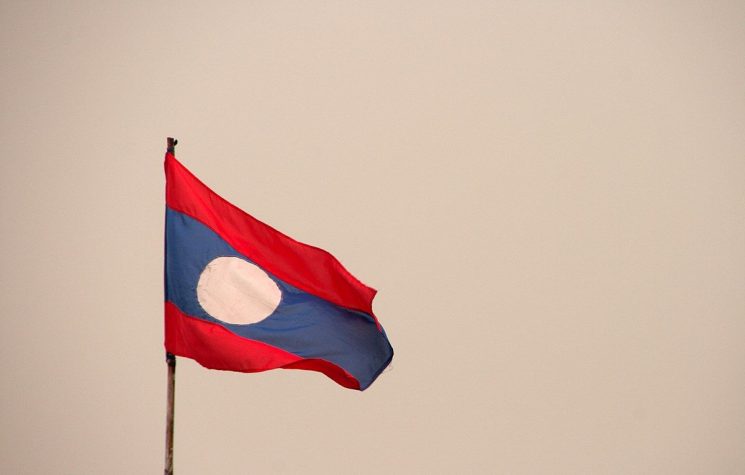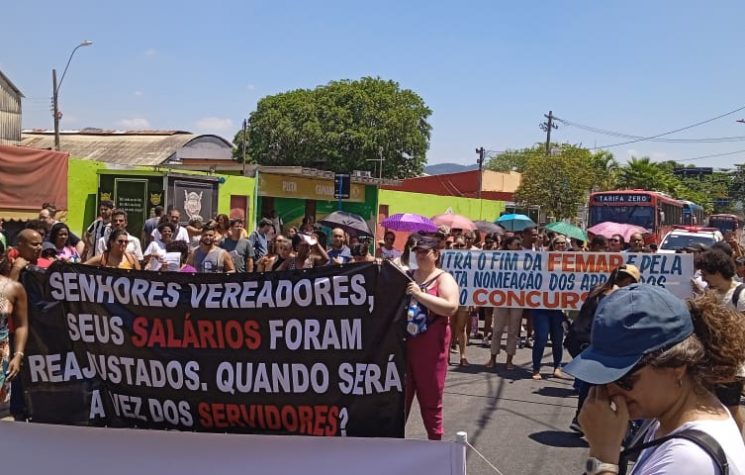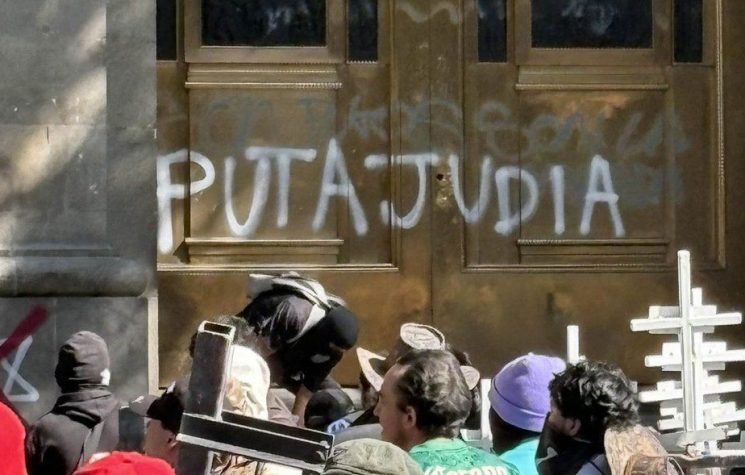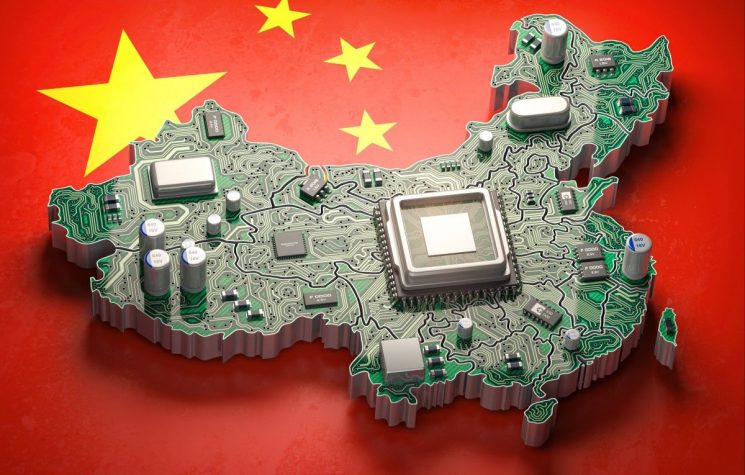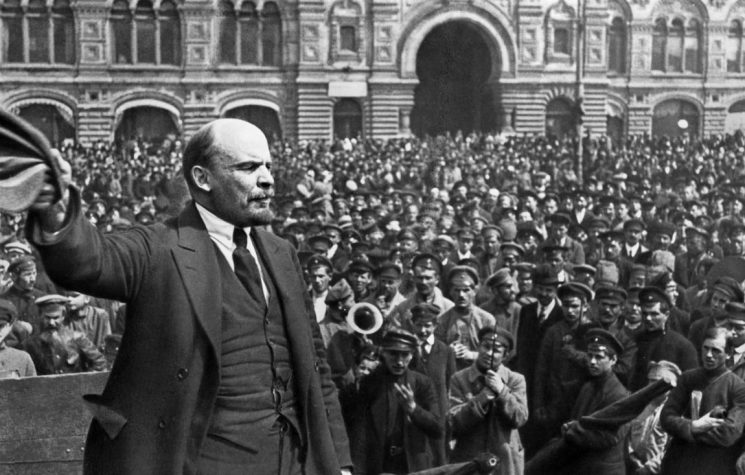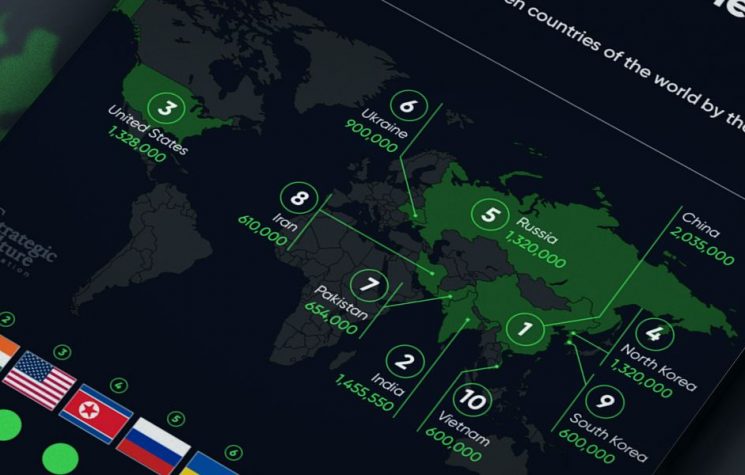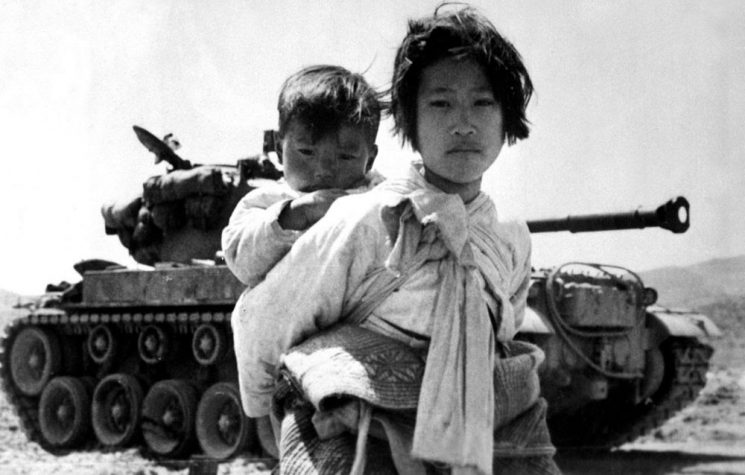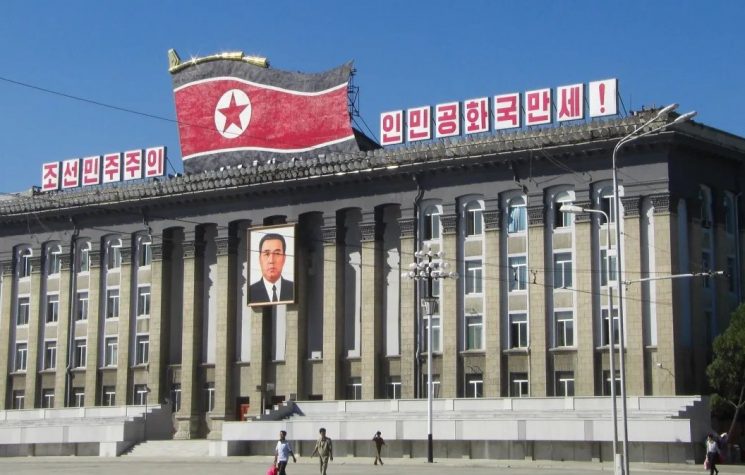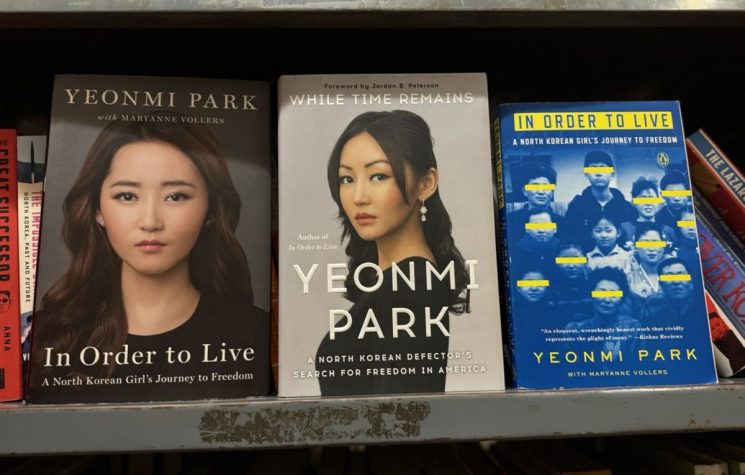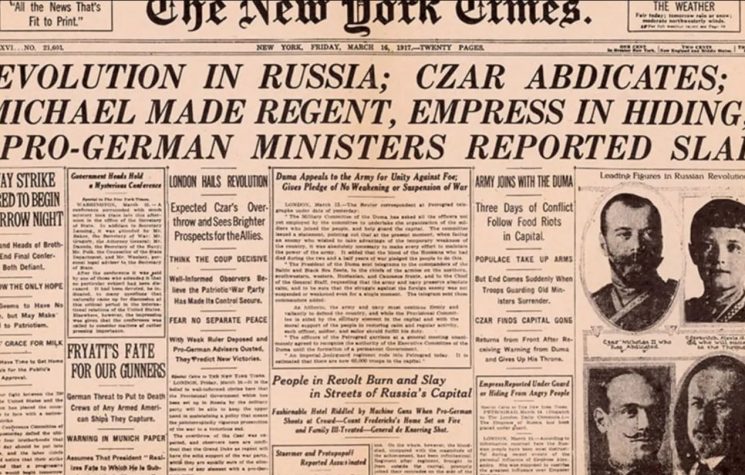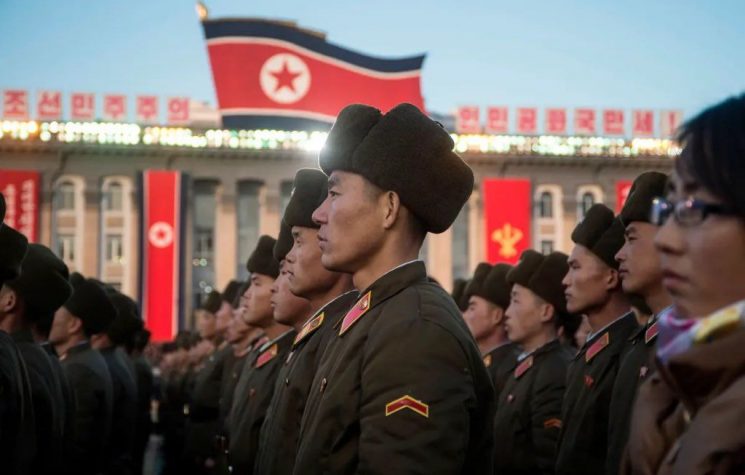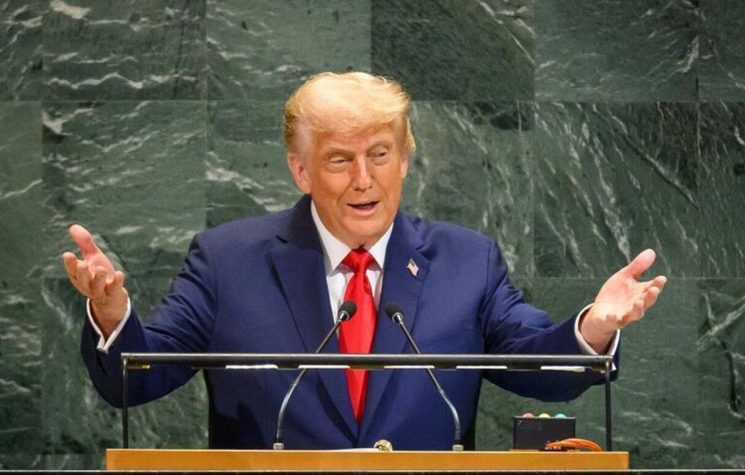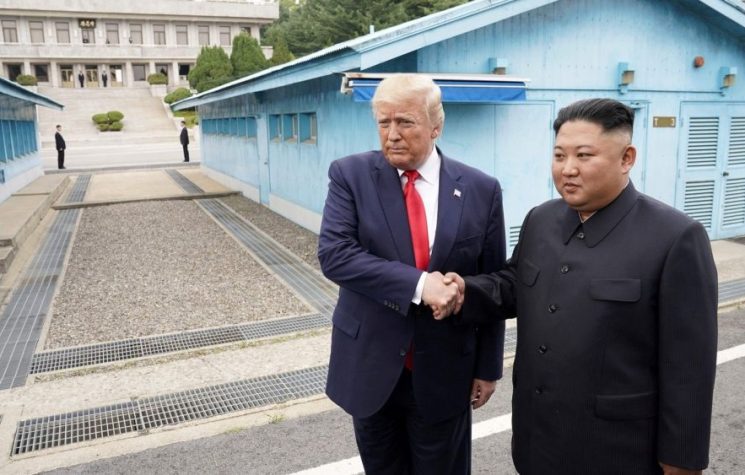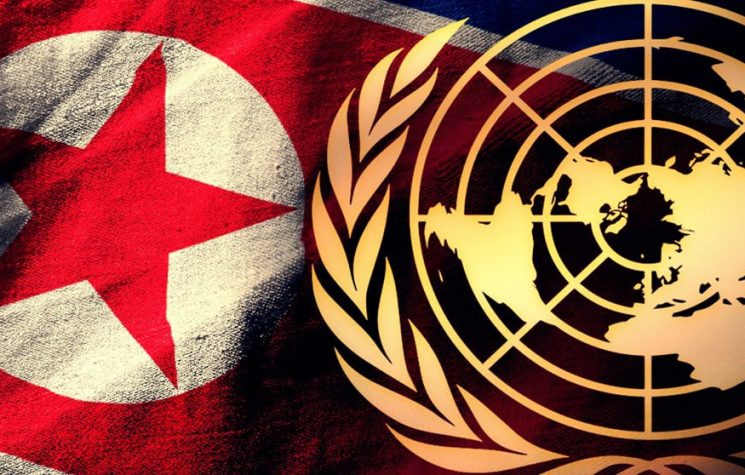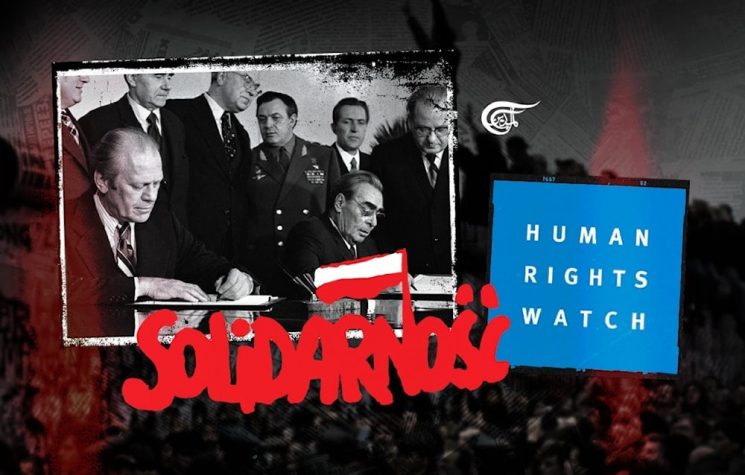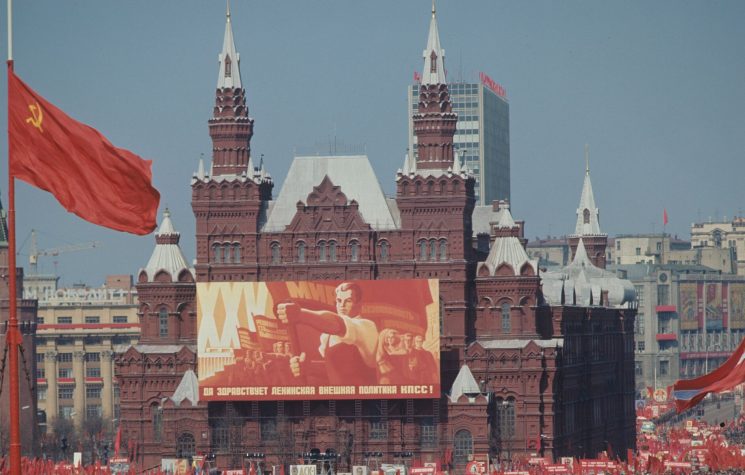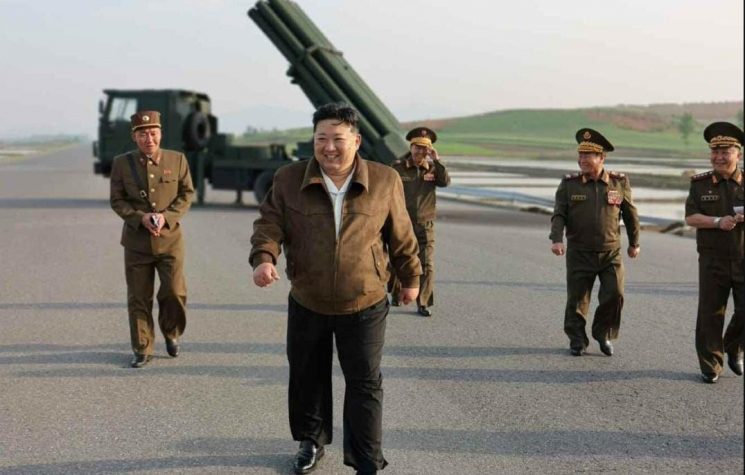Eduardo Vasco explains how North Korea experienced the beginning of its national-democratic revolution.
❗️Join us on Telegram![]() , Twitter
, Twitter![]() , and VK
, and VK![]() .
.
Contact us: info@strategic-culture.su
The post-war revolutionary wave was something predetermined by the development of the contradictions of the imperialist system. Like World War I, World War II triggered a new revolutionary crisis, which took place especially in colonial countries, due to the brutal decline of the imperialist colonial regime. Imperialist propaganda, to try to delegitimize the North Korean Workers’ State has always tried to say that the Korean Revolution was victorious because of the presence of the USSR Red Army, which entered the country in the final moments of the Japanese defeat in war. In fact, when this occurred, the entire Korean Peninsula was full of People’s Committees, which led to the establishment of a duality of powers with the occupying forces and, finally, emerged victorious through the revolutionary uprising of the Korean people.
Independence was victorious with the revolution in the north, where the soldiers of the Korean People’s Revolutionary Army left. However, it was aborted in the south. The Potsdam Conference established that the Soviet Union, when intervening in the Pacific War to help the United States defeat Japan, shared military operational activities in Korea with the North American imperialists (Ho, H. J.; Hui, K. S.; Ho, P. T. The U.S. imperialists started the Korean War, p. 39). In practice, it was a capitulation by Stalin, since the U.S. clearly demonstrated that it intended to dominate Korea after defeating Japan, and the Soviets conciliated, allowing the military presence of the Americans in Korea, which opened the door to the subsequent intervention that occurred in South Korea, when General Douglas MacArthur imposed his puppet Syngman Rhee and, together with him and the Japanese collaborators who were pardoned, carried out a brutal suppression of the People’s Committees, preventing the revolution in south Korea and imposing a Fascist dictatorship over its people.
At the Yalta Conference, this agreement with Korea’s submission had already been indicated by the USSR, when Franklin Roosevelt stated that, “for Korea to become an independent country”, there would have to be a transition period of 40 years, which was ratified shortly afterwards (Idem, p. 67). All of this without a policy of confrontation on the part of the Soviets, who soon demonstrated that they were truly willing to reconcile with imperialism in Asia. If the USSR defended a revolutionary policy, upon seeing U.S. troops invade southern Korea to decimate the revolution, the Red Army should intervene to support the revolution and guarantee Korea’s independence.
Thus, while the revolution was drowned in blood by imperialism without Soviet intervention in South Korea, North Korea experienced the beginning of its national-democratic revolution. This had already been carried out gradually in some territories liberated by the revolutionary army and the People’s Committees (as had also occurred in the Chinese Revolution), but with the achievement of independence throughout the northern part and the seizure of power by the revolutionaries commanded by Kim Il Sung, this resulted in a gigantic leap.
In the chapter “The backward countries and the program of transitional demands” of the Transitional Program of the Fourth International, Trotsky analyzes that the central tasks of the democratic revolution in these countries are the agrarian revolution and national independence, which would directly result in the issues of the socialist revolution:
It is impossible to simply reject the democratic program: it is imperative that the masses themselves overcome it in the struggle. The slogan for a national (or constituent) assembly retains all its force in countries like India or China. This slogan must be inextricably linked to the problem of national emancipation and agrarian reform. The first step is to arm the workers with this democratic program. Only they can mobilize and unify the peasants. On the basis of the revolutionary democratic program, it is necessary to oppose the workers to the ‘national’ bourgeoisie. Thus, at a certain stage of mass mobilization under the slogans of revolutionary democracy, soviets can and must emerge. Their historical role, in each given period, in particular their relationship with the national assembly, will be determined by the political level of the proletariat, the link between it and the peasant class and the character of the policy of the proletarian party. Sooner or later, the soviets must overthrow bourgeois democracy. Only they are capable of leading the democratic revolution to a conclusion, thus opening an era of socialist revolution. (Transition Program, pp. 62-63)
Trotsky concludes that:
The dictatorship of the proletariat, which rises to power as the leading force of the democratic revolution, will inevitably and very quickly be faced with tasks that will lead it to make deep inroads into the bourgeois right to property. In the course of its development, the democratic revolution directly transforms into a socialist revolution, thus becoming a permanent revolution. (The Permanent Revolution, p. 208)
The democratic program consists of points such as the constituent assembly, the eight-hour working day, the confiscation of land, national independence from imperialism and the people’s right to dispose of themselves (Idem, p. 201).
The People’s Committees were the Korean equivalent of the soviets. If, in the south, they were violently crushed, in the north they were fundamental to the process that developed after independence. They formed the basis for the subsequent founding, in February 1946, of the Provisional People’s Committee of North Korea, the provisional revolutionary government. This body was responsible for the promulgation, in the same year, of the laws on agrarian reform (March), labor (June), gender equality (July) and the nationalization of industries (August). That is, tasks of the bourgeois revolution carried out through the leadership of the working class, already in power of the State.
On October 10, 1945, Kim Il Sung also founded the new Communist Party, which created mass organizations such as the Peasant Union, the Youth Democratic League and the Women’s Democratic Union, in addition to the workers’ unions. The National Democratic United Front was also founded with other parties supporting the revolution. This front was “based on the worker-peasant alliance led by the working class, and embracing the broad masses of people from all strata of social life” (Ho, H. J.; Hui, K. S.; Ho, P. T. The U.S. imperialists started the War of Korea, p. 85). In August of the following year, the New Democratic Party (one of those who supported the revolution) joined the Communist Party, which was then renamed the Worker’s Party of Korea.
Leading the democratic reforms of the national revolution, the Workers’ Party decided to carry out the process that would trigger the formation of the Constituent Assembly. First, elections for People’s Committees were held in the districts, municipalities and provinces at the end of 1946. Following this, the Congress of District, Municipal and Provincial People’s Committees was held in February 1947 in the capital Pyongyang, from which the North Korean People Committee was formed. “This committee, which was a powerful weapon for socialist construction and revolution, strived to carry out the tasks of the period of transition to socialism and develop the national economy in a planned way,” Ho Jong Ho, Kang Sok Hui and Pak Thae Ho write (Idem, pp. 89-90).
At the end of 1947 and beginning of 1948, the Worker’s Party prepared the proposal to found the Democratic People’s Republic of Korea through democratic elections at national level. At the same time, the puppet regime in South Korea, which continued to decimate the People’s Committees and suppress all democratic rights, guided by imperialism, sought to organize separate elections, meeting the aspirations of the Korean people for reunification.
Expressing the need to complete the national-democratic revolution, Kim Il Sung declares:
We must immediately establish a supreme legislative body throughout Korea, which represents the will of all the Korean people, and organize the Constitution of the Democratic People’s Republic of Korea. We should not establish it in a separate form, but in an all-Korea government consisting of representatives of political parties and social organizations from South and North Korea. (Idem, p. 94)
A first step towards these constituent elections was the Joint Conference of Representatives of South and North Korean Social Organizations and Political Parties, held in Pyongyang in April 1948, where 56 entities from across the country were represented. The Conference called on all Korean people to boycott the separate and undemocratic elections (since all popular political organizations and parties were being outlawed) called by Syngman Rhee in the South.
Even so, the South Korean regime held openly fraudulent elections, imposing the founding of the Republic of Korea in the south on August 15. This forced the revolutionaries to call general elections in the north and south to found a unified People’s Democratic Republic, in which 99.97% of North Korean voters and 77.52% of South Korean voters participated, despite strong repression from Seoul (Idem).
These elections gave rise to the Supreme People’s Assembly, the Korean constituent assembly, which promulgated a constitution and proclaimed the founding of the Democratic People’s Republic of Korea on September 9, 1948. However, despite giving national political legitimacy to the regime born of the People’s Committees, the Democratic People’s Republic could not consolidate itself throughout Korea, due to the division imposed by imperialism.












